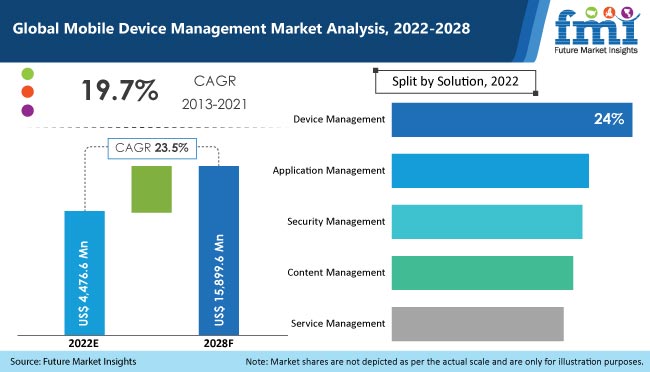Future Market Insights (FMI), in its new study, evaluates the ongoing developments in the underground mining equipment market and projects their impact on the growth of the market between 2019 and 2029. The study projects that the sales of underground mining equipment of worth ~US$ 14 Bn were recorded in 2018. However, the market value is likely to grow at a passive CAGR of 2.4% through 2029.
Request a FREE Sample of this Report in PDF: https://www.futuremarketinsights.com/reports/sample/rep-gb-6296
Rising adoption of automatic underground mining equipment among manufacturers to sync with the ongoing trends in the ever-evolving mining industry is set to incur tech-driven transformations in this landscape, opines the study. In addition, stringent emission regulations regarding controlled diesel emission and personnel safety in the mining industry are likely to stimulate innovations that can enable dealing with the relentless pricing pressure more efficiently, and mitigate the environmental impacts of new-age underground mining equipment.
Advanced techniques of mining and their impacts on various socio-economic factors have been a prolonged concern worldwide. The shift of a majority of miners from surface or open pit mining to underground mining has further amplified concerns vis-à-vis human safety and the environmental impacts.
Technology is emerging as the most efficient tool for introducing enhanced features in underground mining equipment, and FMI’s study examines the influence of advancements in technologies and other microeconomic factors on the growth of the underground mining equipment landscape.
Request a Complete TOC of this Report with figures: https://www.futuremarketinsights.com/toc/rep-gb-6296
Mineworkers’ Staunch Inclination towards Hard Rock Mining Equipment
FMI’s study finds that every 7 out of 10 underground mining equipment sold in 2018 were designated to applications associated with hard rock mining platforms. Increasing demand for hard rock minerals, such as copper, gold, zinc, and lithium, in wide-ranging industries has given rise to hard rock mining activities in the mining industry. Leading players in the underground mining equipment landscape are focusing on catering to the thriving need for improved productivity in underground hard rock mines with the launch of next-generation mining equipment.
In addition, conventional hard rock mining techniques result in the release of toxic gases including carbon dioxide (CO2), and Sulphur dioxide (SO2) among others, which is triggering the adoption of electric equipment in hard rock mines. In addition, the study finds that coupling of underground mining equipment that can carry out multiple operations including parallel cutting, loading, and hauling operations are likely to witness high demand in the coming years.
Key Segment
By Product Type
- Mining Loaders
- Mining Trucks
- Mining Drills
- Mining Bolters
- Mining Shearer
- Continuous Miners
- Mining Excavators & Shovels
- Mining Scalers
- Others
By Mining Technique
- Soft Rock Mining
- Hard Rock Mining
By End Users
- Mining Operators
- Rental Service Provider
By Region
- North America
- Latin America
- Europe
- South Asia
- East Asia
- Oceania
- Middle East and Africa
Visibly Growing Preference for ‘Rental’ over New
In rough terrains such as the mining industry, constant wear and tear of mining equipment lead to high replacement rates, incurring significant depreciation costs to the end users. As large mining machinery, including underground mining equipment, come with a significantly high price tag, purchasing a new equipment creates the need for high capital investments.
A majority of miners are inclined towards purchasing used or refurbished equipment, even considering the option of renting rather than investing in new underground mining equipment. Since a majority of mining businesses are looking for reducing their initial investments, rental service providers are likely to gain traction among in the coming years.
Ask us your Any Queries About this Report: https://www.futuremarketinsights.com/askus/rep-gb-6296
FMI’s study finds that more than half the revenue share is accounted by rental service providers in the underground equipment market. Increasing end user preferences for rental equipment are fostering the progression of this trend in the market. A mounting number of rental service companies are offering refurbished mining equipment that are specifically tailored to suit the requirements of the underground mining sector. The FMI report also finds that leading stakeholders and investors in the underground mining equipment landscape are zooming in their strategic focus on providing rental service packages to suit changing needs of their customers, regarding the inventory of equipment.
